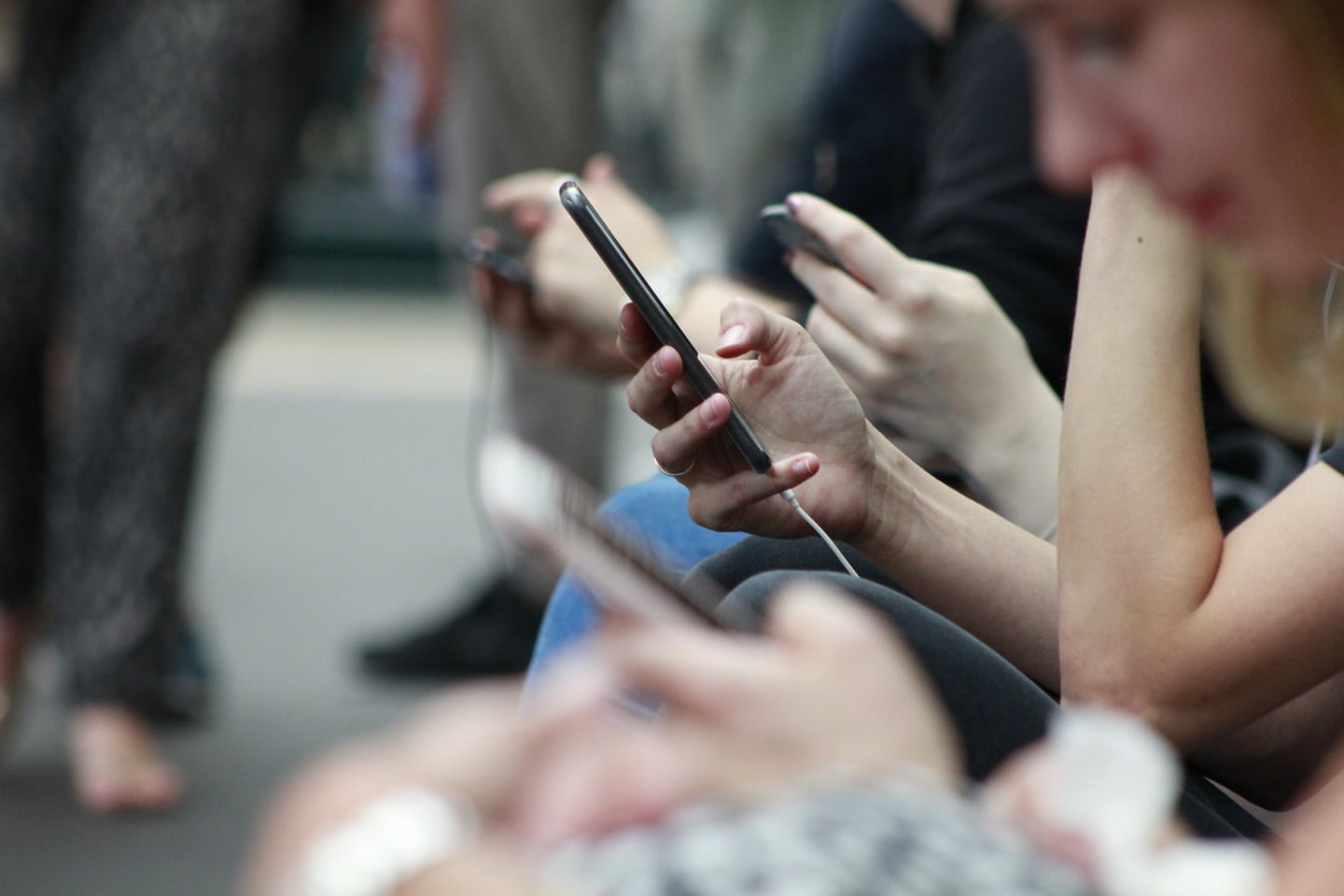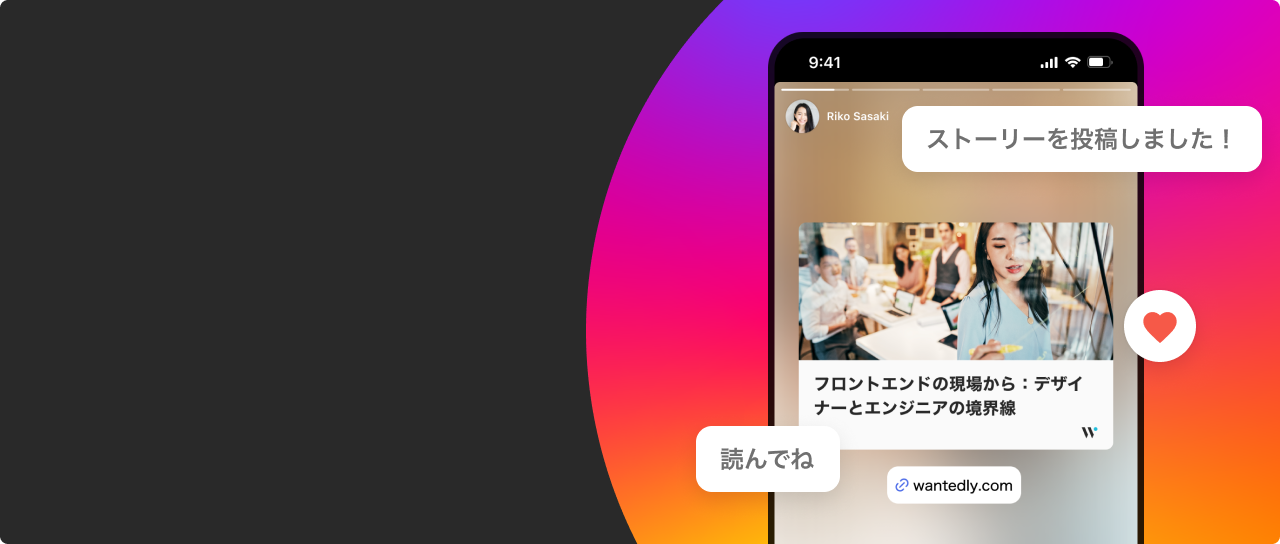What are UX (user experience) and UI (user interface) Design and the difference between them
There should be no argument that design is important in all walks of life and is present in different industries and for different purposes like interior design, industrial design, fashion design, communication design, product design, graphic design, game design, etc.
With the emergence of social media platforms and the use of digital marketing on them, Design has become much more essential than previously thought, and visual has now become one of the most important factors of the effectiveness of marketing a product online.
Apart from aesthetics, Design has traditionally been used to solve problems. How a product works, its functionality etc. depends a lot on the design of the product and this is also where design thinking comes into place. Design thinking focuses on human-centric design; providing solutions for its users (mainly humans) and where “UI UX” comes into the picture, the in-vouge acronyms that seem to be dominating the design scene these days.
What is UX design?
User Experience (UX) Design is the process of designing a product or service, that is useful easy to use, and easy to interact with, all-round pleasant experience for the user. The term UX design also refers to the interaction or reciprocal action between the user and a product.
UX design creates a product or service which provides a meaningful and suitable user experience to users. UX design purpose is the overall experience of users, how things look, and also how things work.
Almost every digital media that you are consuming, from website to social media app, should have all been thoughtfully crafted by UX designers. For example, when a UX designer focuses on the various aspects of making an app, he will need to consider things such as usefulness, usability, desirability, findable, credibility, and findability. In short, when a user uses the app, he should not get lost in the app and how he can quickly achieve the objectives he has set out to.

Here are 5 important factors in user experience design that every designer must get themselves familiar with.
1: Know your audience
Who is your targeted audience, what do you want to offer for your users?
Once you have identified your audience and their needs, think about how can you solve their problems with your offering. Are there any unique selling points your products have over your competition and, if not, is it possible to improve on your products before any launch?
2: Understand the problems of users
The most essential department of UX design is understanding the user’s problem. To create a product or service that aims to address the user’s problem and then creating something useful and efficient for the user.
Without understanding the pain points of the user, it could be hard to zoom in to where to improve your problem or service, and making your product a better one than your competition in the process.
3: Make design usable and accessible
When it comes to designing a product, every company or brand wants to design something beautiful aesthetically. Although aesthetics plays an important role in marketing your products, designers should always consider the usability of a product first among other things.
We should try to make our design usable and accessible, before appealing, as accessibility allows the user to easily navigate, understand, and use the digital product easily and wants to come back to use the product again.
4: Keep things simple and consistent
If you keep the UX design simple and consistent, it would be easy for the users to navigate, understand, and interact with your product. It is the job of UX designers to think about how to make things clear, simple, and guide the users to where they need to go to.
Well using this element will help the users and as well the company to offer their product or service in a very beneficial way to users.
5: Usability Testing
Usability testing is the most common technique to check how usable your interface design will work when they are being put to the real test when going live. It reduces the risk of building the wrong product for the users and wasting money on pushing them to LIVE with costs incurred in manufacturing, marketing, etc.
A UX designer needs to test their product multiple times until the product can find the best solution for the users to reach their goal.

What is UI Design?
UI Design which stands for User Interface Design refers to the visual elements of a product, that interact with technological products. This includes the design of image, icons, buttons, screens, text, context, and all other visual elements that a user see and interact with them.
The goal of good UI design is to make easy the interaction for the users to accomplish their goals and to ultimately solve their problems, through how information, images, context, etc. are presented. A good user interface is important because not only will it help to retain a potential customer on your platform, it will also help them find their way around your asset meaningfully, ultimately leading them to a possible sales conversion. Here are some factors of UI design:
1: Define how people use your interface
2: Anticipate mistakes that could be made by the user
3: Using design thinking application
4: Visual aspect of the product
5: Usability of your end product
The main difference between UX and UI Design
Apart from being different parts of the same important process that may eventually decide the success of your end product, UX and UI design have to go hand-in-hand with one another to produce the best results possible.
Nonetheless, knowing how they are different in their ways can help you split the work among different team members or vendors, per their strength.
- UX refers to the entire experience when you interact with the product & flow from one process to the other
- UI refers to how things look like from the interface design of a product that you use and interact with, aesthetically and functionally
- UX is the process towards solving the user’s problem, and UI is about creating the interactive interface the user touch on during the process
- UX can be applied to different kinds of products or service but UI is mainly specific to digital products and experience like website, app, etc.
- UI design should be done after the UX design because UX design does some researches before creating a wireframe by analyzing the entire user process. With the wireframe, it would be easy to apply the UI design by using the layout and interaction of the wireframe.
UI & UX are sometimes thought to be part of the design thinking process which follows the steps of empathizing with the users, defining the problem, ideating a solution, prototyping, and testing out the solution. But its methodology has been so commonly adopted that it could form part of the process of anything from customer experience (CX) to the redesigning of experience in a simple mom and pop store.
Original article from MAD School


/assets/images/4788297/original/c5d26f24-2a57-4e74-acb9-e7d64ee49d7a?1584611598)

/assets/images/4788297/original/c5d26f24-2a57-4e74-acb9-e7d64ee49d7a?1584611598)

